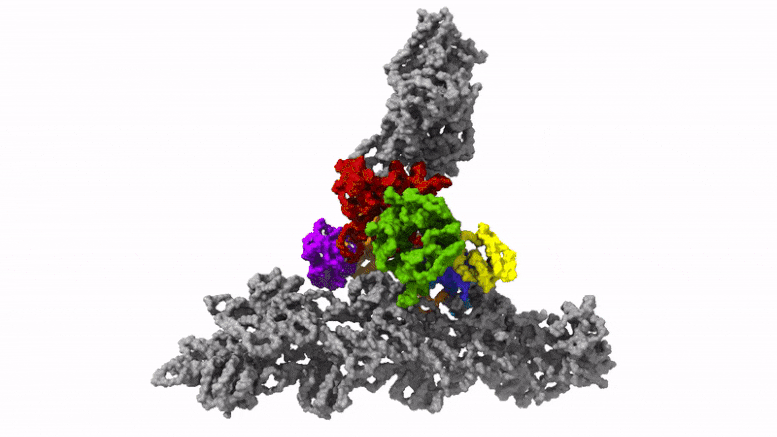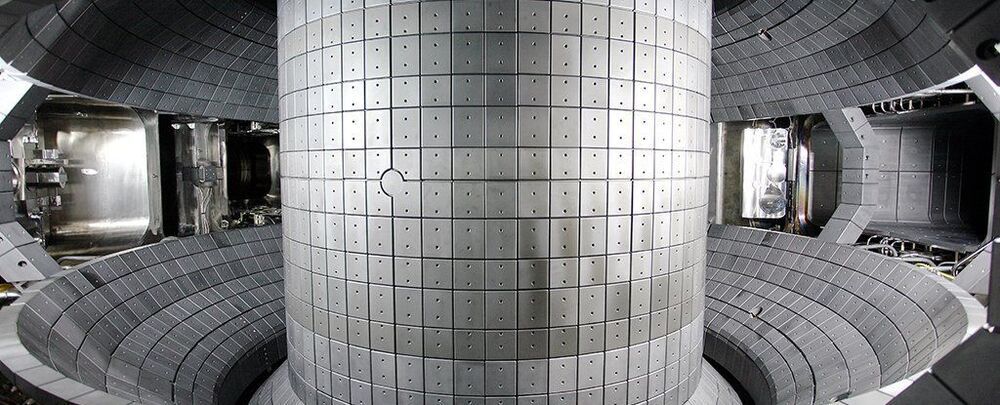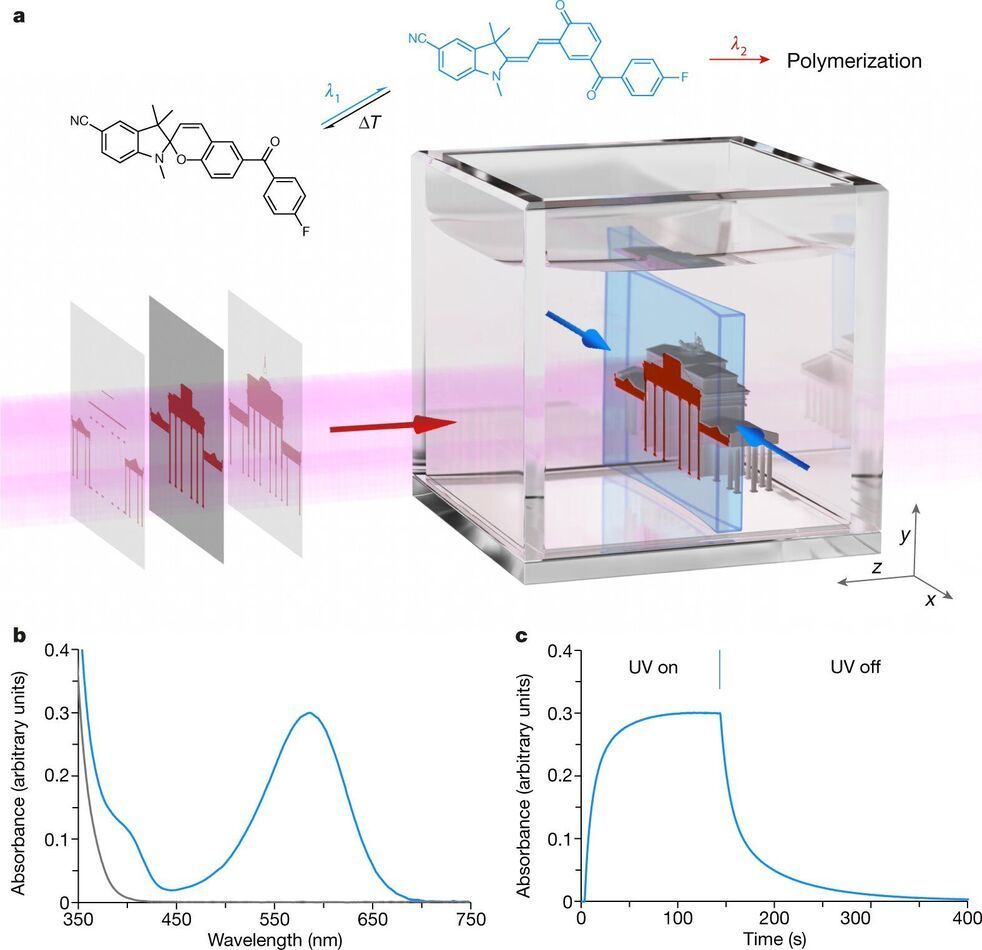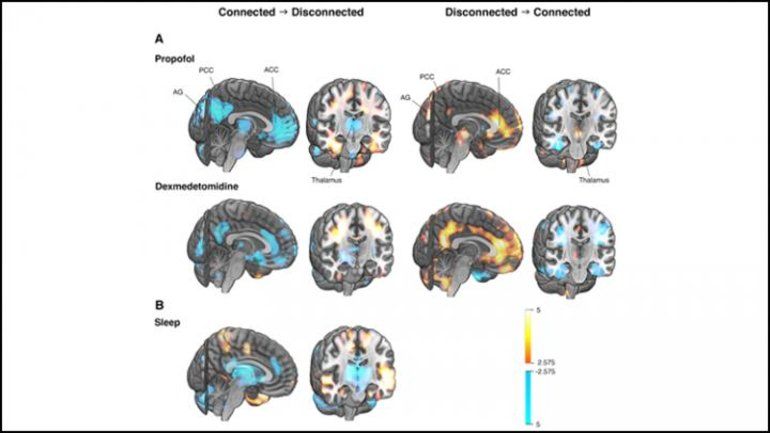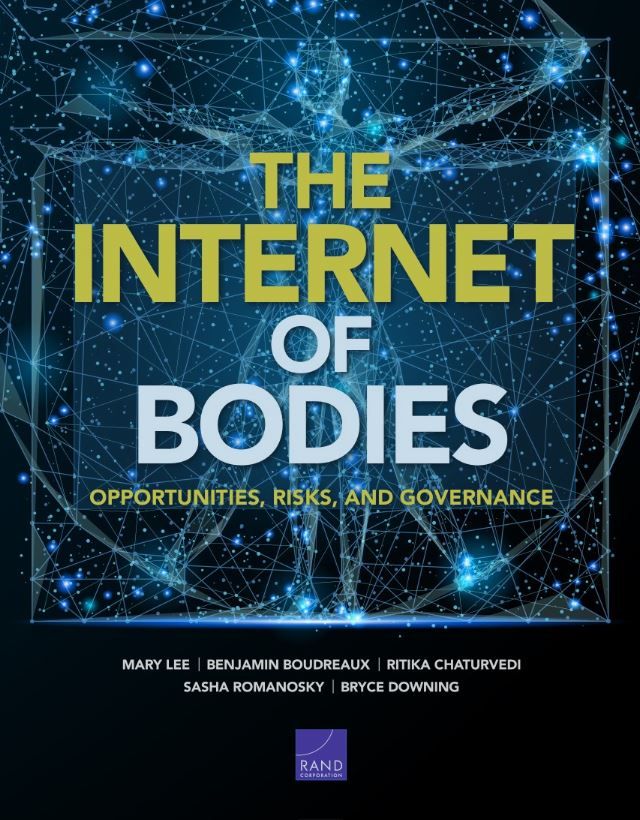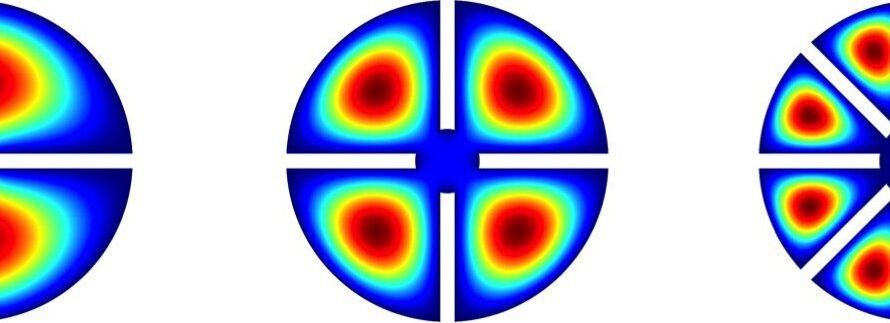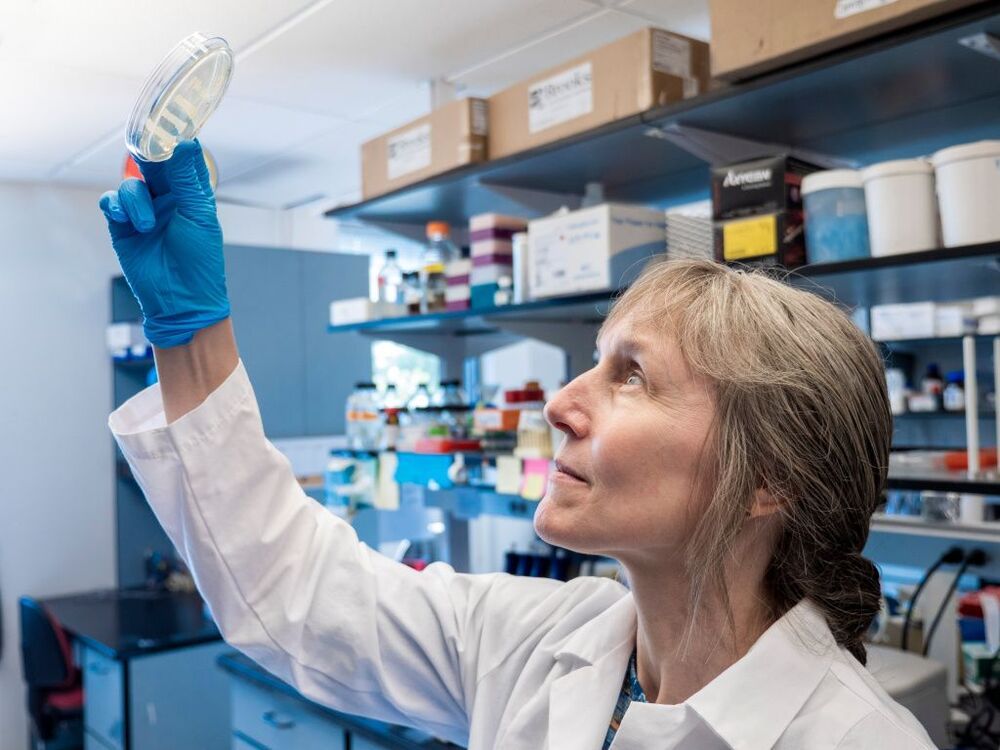Dec 28, 2020
Studies financed
Posted by Nicolas Chernavsky in categories: biotech/medical, life extension
Hello rejuvenation friends! Did you know that Heales, the Belgian entity led by Didier Coeurnelle, is financing two very interesting experiments with the great rejuvenation scientists Harold Katcher and Rodolfo Goya in order to test if Elixir (in the case of Katcher) and plasma of young rats (in the case of Goya) are capable to considerably extend the lifespan of rats? Today I found out on Google that six days ago, Didier published this article in Heales website: https://heales.org/wp-content/plugins/multisite-language-switcher/flags/. In the article, Didier explains in depth both experiments, and put the links to the detailed protocol of the experiments, in two Word files. It’s incredible the power of the collaboration of people who are enthusiastic of rejuvenation science, such as Didier, Harold and Rodolfo. I don’t know if the experiment will extend considerably the rats lives, but it seems that these two experiments deserve a close look from the rejuvenation field.
Today, in spite of the gigantic progress in medicine and research, we still do not know how to be healthy beyond about 85 years of age.

